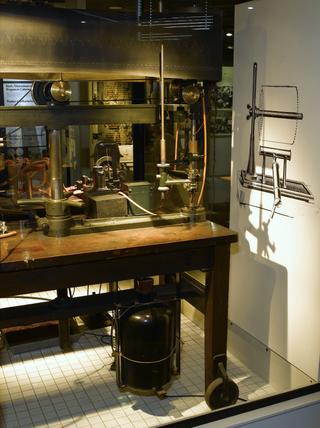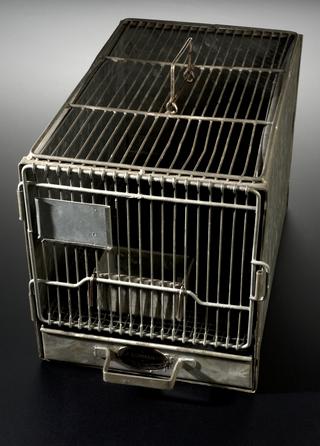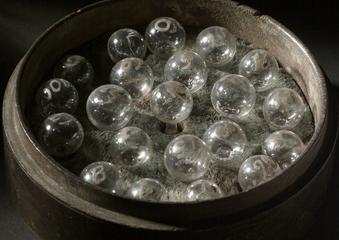
Laboratory notebook detailing the first successful purification experiments of factor VIII, United Kingdom, 1979-1983
- Made:
- 1979-1983 in United Kingdom




Buff lab notebook `VIII purification', 1982 containing details of first successful total purification experiments, including the first successful elution from the factor VIII monoclonal antibody column, dated 15-6-82
The absence of Factor VIII means that the blood cannot clot properly and is the cause of some types of haemophilia. The slightest bruise to a person with haemophilia can cause internal bleeding that the body cannot stop on its own. Injections of genetically engineered Factor VIII can prevent and control bleeding. Dated 15 June 1982, this opened laboratory notebook details the first successful purification experiments of Factor VIII.
Factor VIII was purified by Edward G D Tuddenham, Frances Rotblat and Donogh O’Brien using monoclonal antibodies (identical antibodies cloned from a single cell). This took place at the Clinical Research Centre, Northwick Park, which is to the north of London. Edward Tuddenham donated the notebook to the Science Museum’s collections in 1994. It is shown here with a closed laboratory notebook on Factor IX (1994-1203).
The work of Professor Tuddenham led to the development by the Genentech corporation of Factor VIII which was produced by bacteria rather than humans.
Details
- Category:
- Laboratory Medicine
- Object Number:
- 1994-1204
- Measurements:
-
overall: 24 mm x 210 mm x 303 mm, .85kg
- type:
- laboratory notes
- credit:
- Tuddenham, Edward G D




